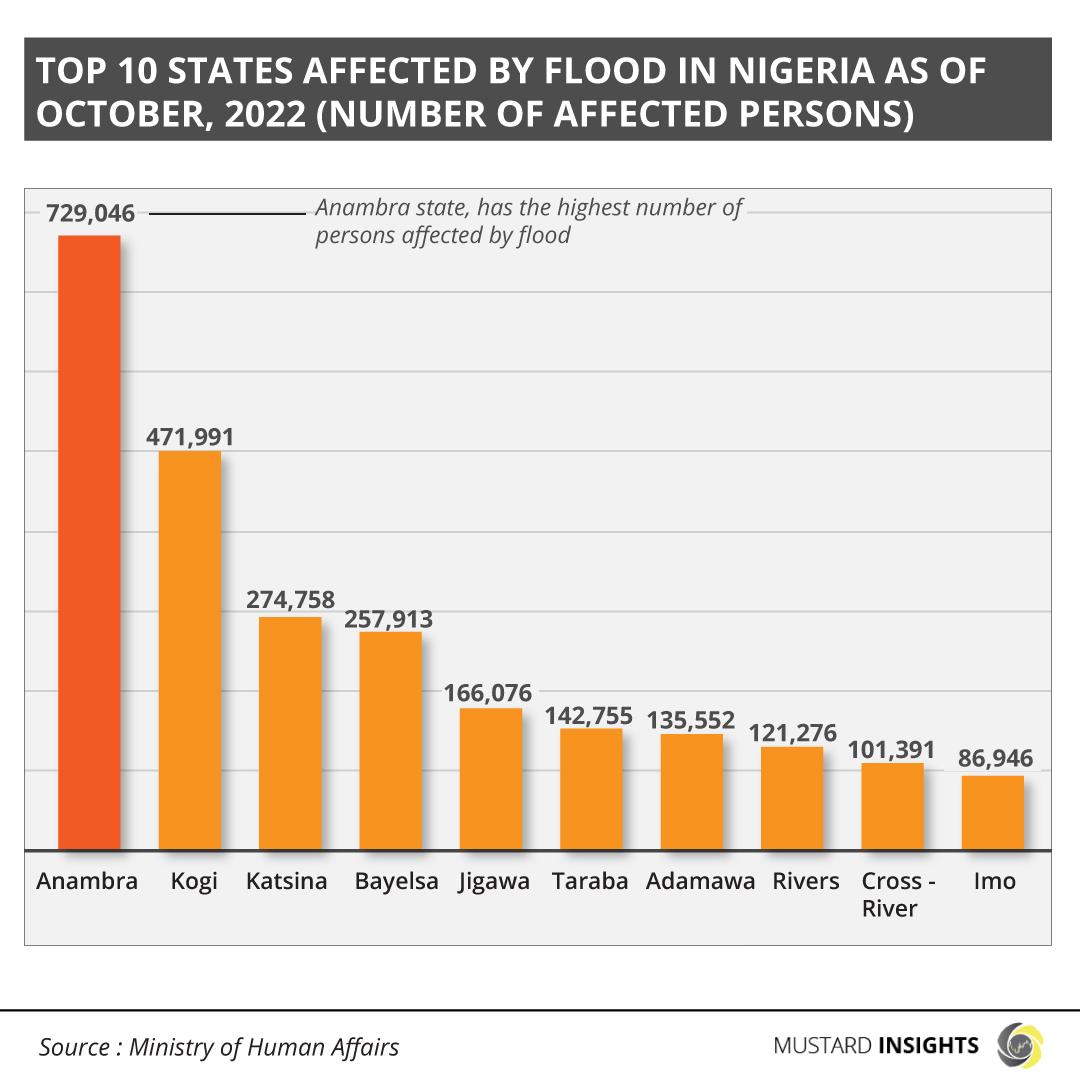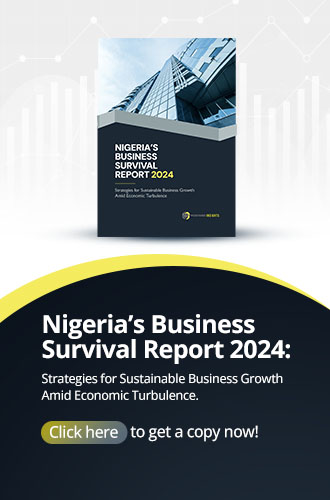Floodings are a regular occurrence in Nigeria and have been annually present since the 80s. However, the recent floods have been the worst in about a decade. The floods began in September, enveloping communities around the River Niger bridge. The bridge - which joins Lagos to Onitsha and the rest of eastern Nigeria – spans the River Niger, south of the Rivers Niger/Benue confluence.

Floodings are a regular occurrence in Nigeria and have been annually present since the 80s. However, the recent floods have been the worst in about a decade. The floods began in September, enveloping communities around the River Niger bridge. The bridge - which joins Lagos to Onitsha and the rest of eastern Nigeria – spans the River Niger, south of the Rivers Niger/Benue confluence. Two major cities sit on both sides of the bridge: Asaba and Onitsha. This makes the metropolis around the bridge the most densely populated area along the lengthy river outside of the city Lokoja, which sits right beside the Niger/Benue confluence.
All three cities were heavily affected, thus displacing families and truncating economic activities in the country. Over 1.4 million people in 27 states have been affected by the disaster, and more than 200,000 houses and 266,000 acres of farmland have sustained some form of damage, according to Nigeria’s Ministry of Human Affairs.
The unavailability of proper drainage systems, rapid urbanisation, and poor spatial planning have been identified as root causes of the flooding in Nigeria. In addition to this, the release of excess water from the Lagdo Dam, located in the Republic of Cameroon has also exacerbated the flooding, as the Benue and other connecting rivers experienced rapid increase in water levels.
In the late 1970s, the Cameroonian and Nigerian governments had an agreement to build two dams such that when water is released from the Cameroonian dam, the Nigerian dam would contain it and prevent it from causing floods. The Nigerian government then agreed to build a “shock-absorber” dam, the Dasin Hausa, in Adamawa State. This was supposed to be two and a half times the size of the Lagdo dam to control all excess water, but failed to complete it. As a result, anytime the Cameroonian government releases excess water from the Lagdo dam, states along the coastal line get flooded.
A similar situation occurred ten years ago in 2012, when more than 7.7 million people in 32 out of 36 states were affected. This article briefly highlights the top states affected by flood in Nigeria as of October 2022, according to data provided by the Ministry of Human Affairs.
Breakdown of the Numbers
Anambra State has the highest number of people affected by the flood with over 729,046 people either displaced or affected. According to the Governor of Anambra over one-third of his state has been submerged by flood, making things more difficult for a state that already has problems with erosions. Kogi placed second on the list with a number of 471,99 persons either displaced or affected by the flood. Followed by Katsina with 274,758 people, displaced or affected, making it the third most affected in the country. Bayelsa also recorded numbers above 200,000 making it fourth most affected state in the country. Other affected states include:
Jigawa – 166,076
Taraba – 142,755
Adamawa – 135,552
Rivers – 121,276
Cross River – 101,391
Imo – 86,946
Takeaway
The Nigerian government needs to find a lasting solution to this recurring problem, first of which should be to complete the implementation of the solution created in the late 70s: completion of the Dasin Hausa Dam. This will go a long way to preventing future occurrences, when paired with other engineering solutions such as building canals and levees. The government should also be more receptive with issues related to climate change and global warming.
It is not impossible that the rainy season will bring heavier downpours going forward. After all, this is what led to the swelling of the Lagbo reservoir, forcing Cameroon to open the dam. The Nigerian government should also be proactive in setting up contingencies for the probability of natural disasters and reacting swiftly to those which occur, an area in which numerous governments have failed significantly.
Thoughts?
We won't share your email address. All fields are required.
